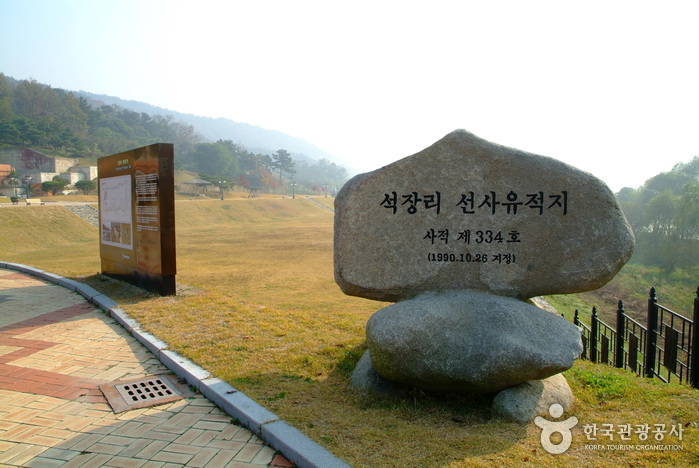ER Shoopen - Cheongju G-well City Branch [Tax Refund Shop] (ER 슈펜 청주지웰시티)
14.4Km 2024-04-22
47-1, Daenong-ro, Heungdeok-gu, Cheongju-si, Chungcheongbuk-do
-
Homeplus - Cheongju Branch [Tax Refund Shop] (홈플러스 청주)
14.7Km 2024-04-22
1291, Seobu-ro, Heungdeok-gu, Cheongju-si, Chungcheongbuk-do
-
CU - Cheongju Bokdae Jukjeon Branch [Tax Refund Shop] (cu청주복대죽전점)
15.0Km 2024-06-27
18-1, Bokdae-ro 199beon-gil, Heungdeok-gu, Cheongju-si, Chungcheongbuk-do
-
CU - Cheongju Bokdae Dream Branch [Tax Refund Shop] (cu청주복대드림점)
15.4Km 2024-06-27
3, Sinyul-ro 139beon-gil, Heungdeok-gu, Cheongju-si, Chungcheongbuk-do
-
CU - Chungbuk University Entrance Branch [Tax Refund Shop] (cu충북대정문점)
16.0Km 2024-06-27
3, Naesudong-ro 42beon-gil, Heungdeok-gu, Cheongju-si, Chungcheongbuk-do
-
Geumnam Egret Habitat (금남 백로 서식지)
16.6Km 2025-05-20
45-13, Gamseong-gil, Geumnam-myeon, Sejong-si
+82-44-300-5833
The Egret Habitat in Gamgseong-ri covers a small mountain located in Yuseong-gu District. Existing since the Joseon dynasty era, the habitat is home to common herons and cattle egrets. Up to 5,000 birds have been observed at one time. The best time to visit the habitat and see the egrets is between April and May.
Jeongancheon Eco Park (정안천생태공원)
17.0Km 2025-02-04
257 Uidang-ro, Uidang-myeon, Gongju-si, Chungcheongnam-do
Jeongancheon Eco Park, located along the Jeongancheon Stream, has well-maintained bike paths and walking trails offering beautiful scenery. The park features a variety of flowers and plants throughout the seasons. Most stunning of all are the tulips and flower lawns in full bloom in spring and the fragrant pink and white lotuses in summer. The 500-meter-long walkway lined with metasequoia trees is beautiful throughout the year and is a popular photo spot in Gongju.
E-Mart - Cheongju Branch [Tax Refund Shop] (이마트 청주)
17.4Km 2024-04-22
2F, #91, 147, Gijanghaean-ro, Gijang-eup, Gijang-gun, Busan
-
Archaeological Site in Seokjang-ri, Gongju (공주 석장리 유적)
18.0Km 2025-01-14
990, Geumbyeok-ro, Gongju-si, Chungcheongnam-do
+82-41-840-8924
The Archaeological Site in Seokjang-ri, Gongju is located approximately 6 kilometers out of the city of Gongju, on the northern banks of the Geumgang River. The site is one of Korea's representative relic sites of the Old Stone Age, and is designated Historic Site No. 334. The site was excavated 10 times between 1964 and 1974 by teams from Yonsei University Museum. The excavation of 27 layers of stratum produced relics proving people lived in the area through 11 cultural eras. The area was excavated again in 1990 and 1993, producing even more cultural artifacts and helping to create a clearer image of the people living in that time.
![ER Shoopen - Cheongju G-well City Branch [Tax Refund Shop] (ER 슈펜 청주지웰시티)](http://tong.visitkorea.or.kr/cms/resource/85/2883085_image2_1.jpg)
![Homeplus - Cheongju Branch [Tax Refund Shop] (홈플러스 청주)](http://tong.visitkorea.or.kr/cms/resource/41/2883041_image2_1.jpg)

![E-Mart - Cheongju Branch [Tax Refund Shop] (이마트 청주)](http://tong.visitkorea.or.kr/cms/resource/46/2883146_image2_1.jpg)

 English
English
 한국어
한국어 日本語
日本語 中文(简体)
中文(简体) Deutsch
Deutsch Français
Français Español
Español Русский
Русский